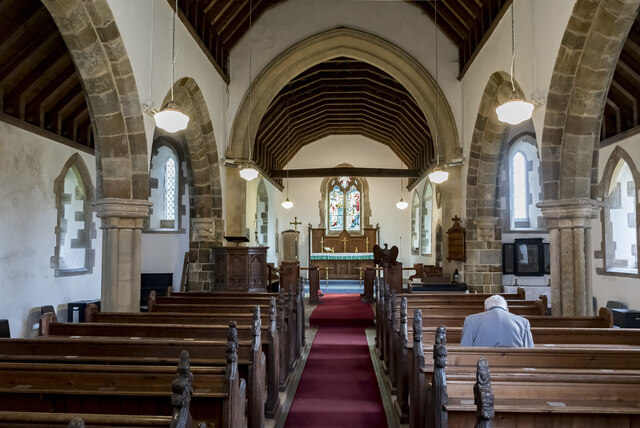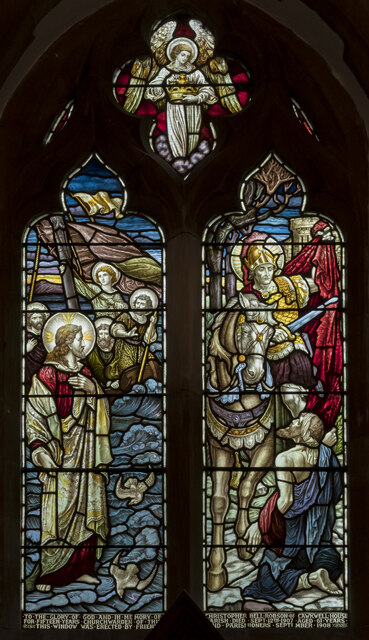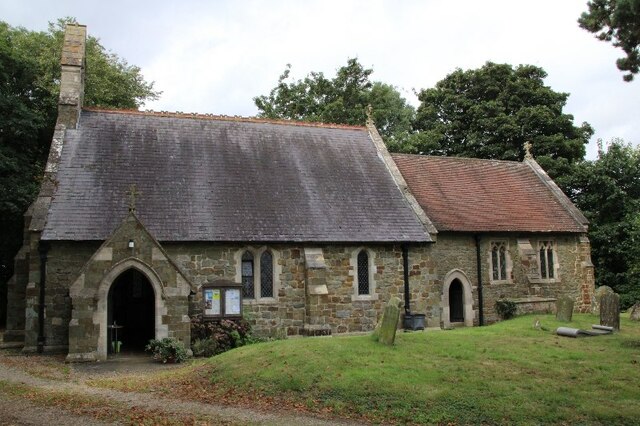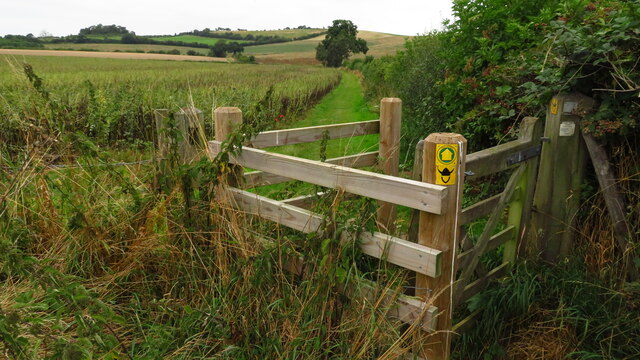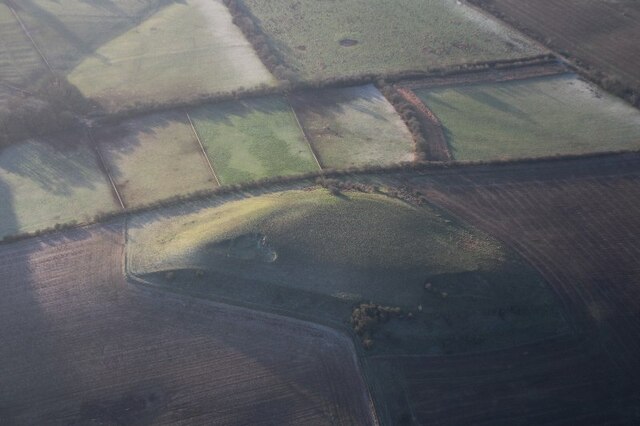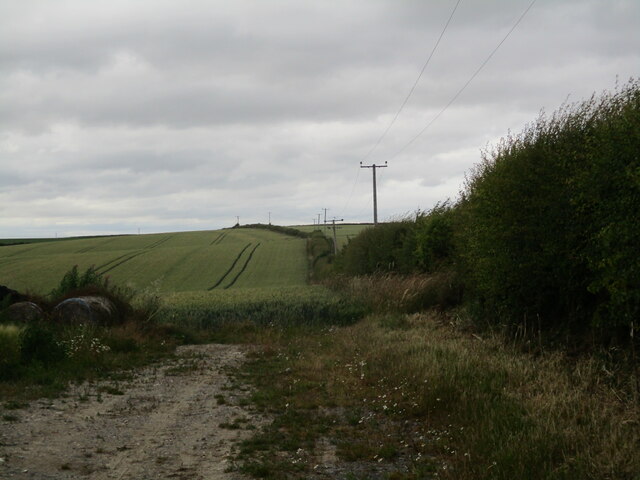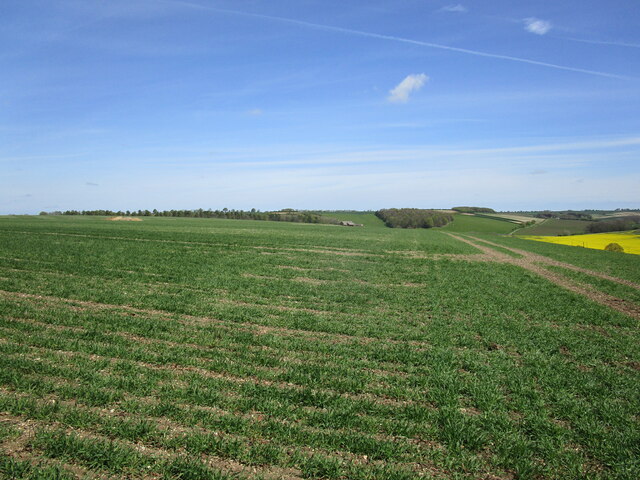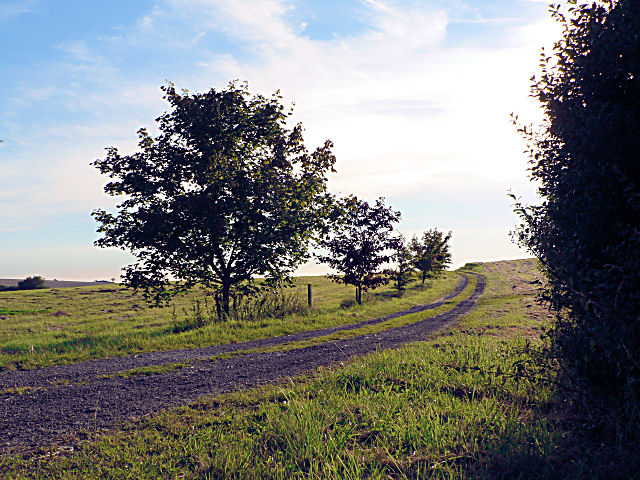Belchford Wood
Wood, Forest in Lincolnshire East Lindsey
England
Belchford Wood
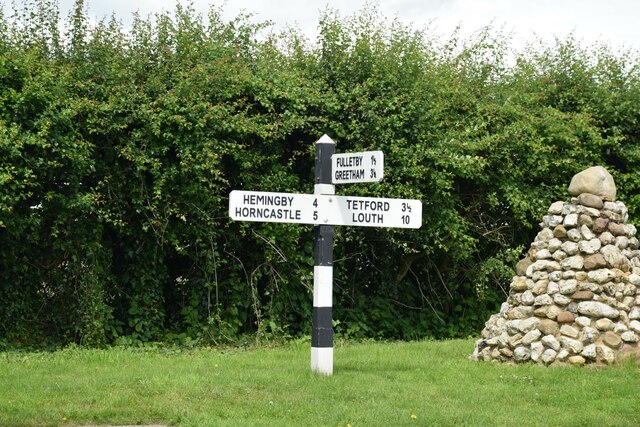
Belchford Wood is a picturesque forest located in the county of Lincolnshire, England. Situated near the village of Belchford, the wood covers an area of approximately 40 hectares. It is known for its diverse range of flora and fauna, making it a popular destination for nature enthusiasts and wildlife observers.
The wood is predominantly composed of broadleaf trees, including oak, ash, beech, and birch. These trees create a dense canopy that provides shade and shelter for a variety of woodland plants and animals. Bluebells, wood anemones, and wild garlic are just a few of the many wildflowers that carpet the forest floor during springtime, creating a breathtaking display of color and fragrance.
Belchford Wood is also home to a rich assortment of wildlife. Birdwatchers can spot various species, including woodpeckers, nuthatches, and tawny owls, among others. Mammals such as foxes, badgers, and deer can occasionally be seen roaming through the forest. The wood's tranquil atmosphere and secluded pathways make it an ideal habitat for these creatures.
The wood offers several walking trails, allowing visitors to explore its beauty at their own pace. Information boards along the trails provide interesting facts about the wood's history, ecology, and management. For those seeking a longer hike, the wood is connected to the Viking Way, a long-distance footpath that stretches across Lincolnshire.
Belchford Wood is a cherished natural treasure in Lincolnshire. Its enchanting beauty, diverse wildlife, and serene atmosphere make it a must-visit destination for anyone seeking solace in nature.
If you have any feedback on the listing, please let us know in the comments section below.
Belchford Wood Images
Images are sourced within 2km of 53.271661/-0.075486253 or Grid Reference TF2876. Thanks to Geograph Open Source API. All images are credited.
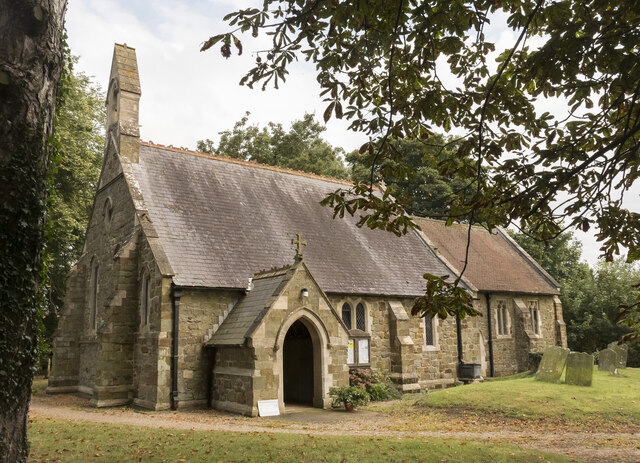
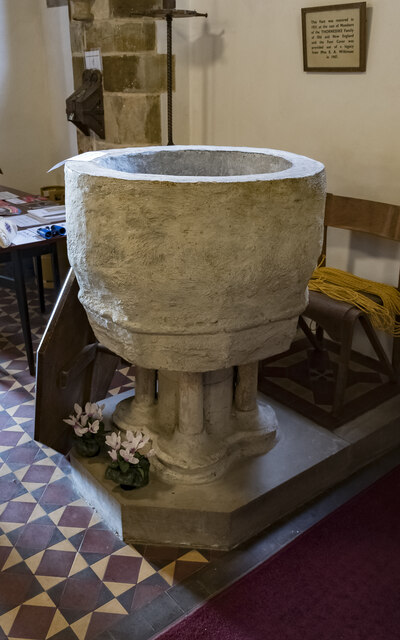
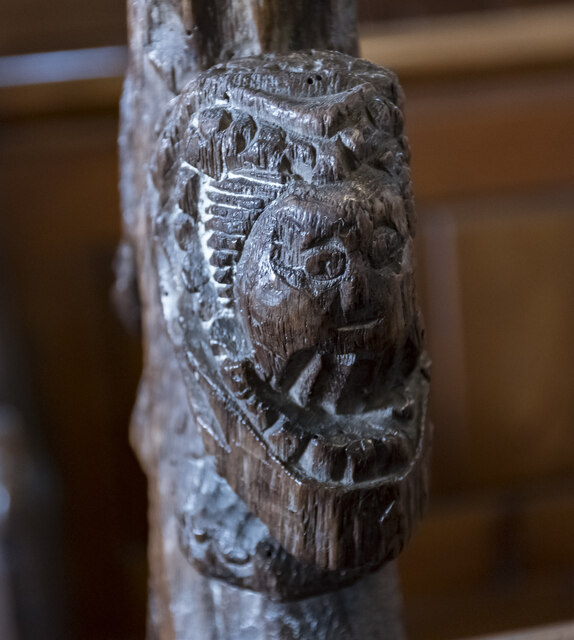
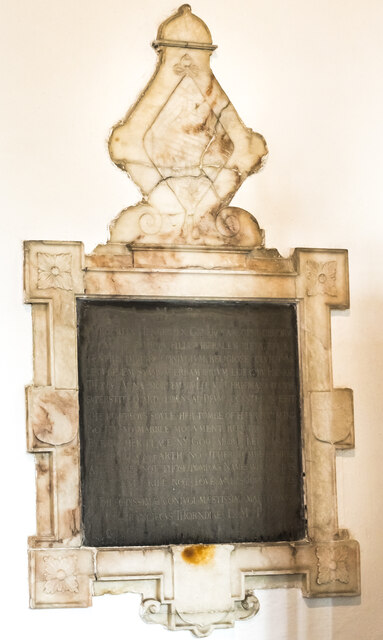
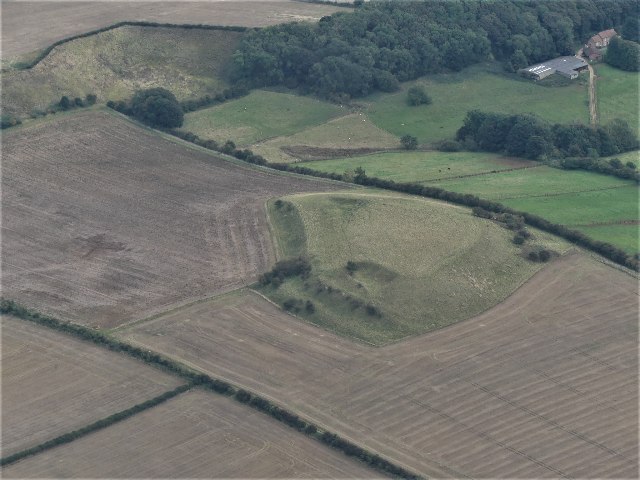
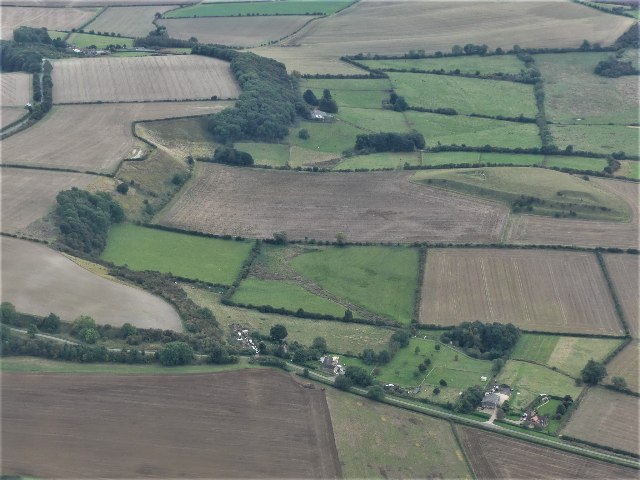
Belchford Wood is located at Grid Ref: TF2876 (Lat: 53.271661, Lng: -0.075486253)
Administrative County: Lincolnshire
District: East Lindsey
Police Authority: Lincolnshire
What 3 Words
///stun.stem.migrants. Near Horncastle, Lincolnshire
Nearby Locations
Related Wikis
Juicetrump Hill
Juicetrump Hill is a hill around half a mile north of Belchford and 4.5 miles north-east of Horncastle in Lincolnshire, UK within the Lincolnshire Wolds...
Belchford
Belchford is a village and civil parish in the East Lindsey district of Lincolnshire, England. The village is situated approximately 4 miles (6 km) north...
Scamblesby
Scamblesby is a village and civil parish in the East Lindsey district from Lincolnshire, England. It is situated 6 miles (10 km) south-west from Louth...
Oxcombe
Oxcombe is a small village in the civil parish of Maidenwell, in the East Lindsey district of Lincolnshire, England. It is situated 3 miles (5 km) west...
East Lindsey
East Lindsey is a local government district in Lincolnshire, England. Its council is based in Horncastle and the largest town is Skegness. Other towns...
Cawkwell
Cawkwell is a hamlet and former civil parish, now in the parish of Scamblesby, in the East Lindsey district of Lincolnshire, England. It is situated approximately...
Asterby
Asterby is a hamlet between Goulceby and Scamblesby, west of Louth, in the East Lindsey district of Lincolnshire, England. The civil parish of Asterby...
Fulletby
Fulletby is a village and a civil parish in the East Lindsey district of Lincolnshire, England. It is in the Lincolnshire Wolds, and 3 miles (5 km) north...
Nearby Amenities
Located within 500m of 53.271661,-0.075486253Have you been to Belchford Wood?
Leave your review of Belchford Wood below (or comments, questions and feedback).
